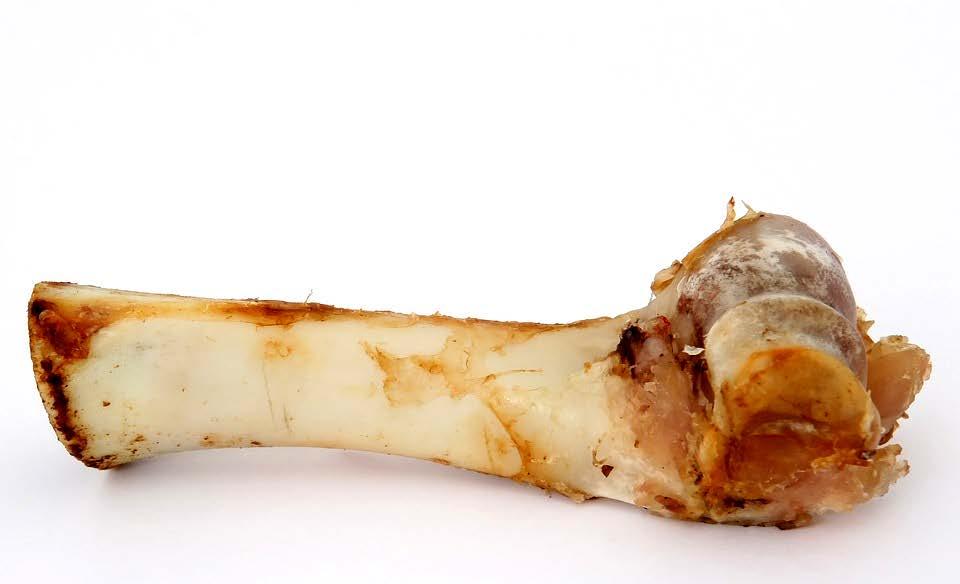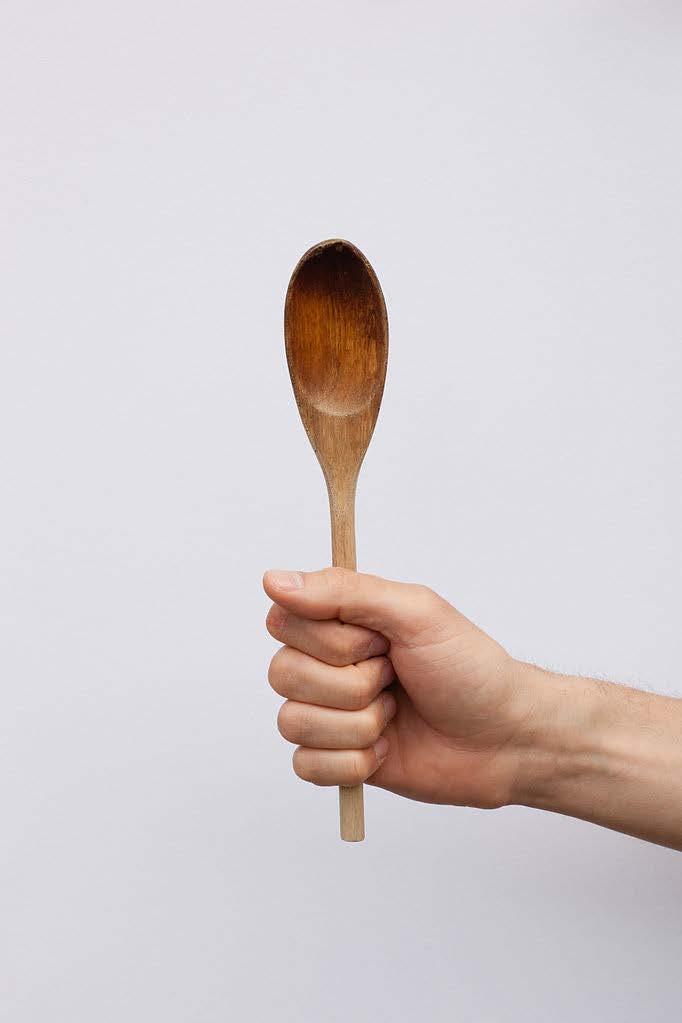
1 minute read
Broth is Hot, No Bones About It
Broth is Hot, No Bones About it
By Peter Thomas
Advertisement

Get Boned
No doubt, you’ve heard about bone broths recently. But if you’re like me, you don’t know exactly what it was and what makes it so good. I mean, isn’t bone broth a fancy word for chicken noodle soup? So, I dug deep into the annals of food science and found out what sets bone broth apart. N
Bone broth is not stock nor broth and what makes it different is how it is prepared. A broth is mostly meat that is simmered for 45 minutes to 2-hours. Stock is mostly bone and simmered for 3 to 4 hours. Now a bone broth is almost all bones and simmered for 8 to 24-hours. This longer cooking time allows for the release of gelatin from the collagen at the joints and the trace minerals within the structure of the bones itself.

But there is a potential downside to bone broths—lead. With bone broths all of those good minerals are extracted from the animal bones but if the animal was exposed to lead in the feed or soil then it can become trapped in bones, which will make its way into the soup. Lead in soil comes from leaded fuel used in cars and trucks prior to 2000. But farmers have been working with government agencies to remove the lead for decades and some rural farms have almost no lead in the soil altogether. For this reason, you should consume bone broths only occasionally, like cold days in the spring and really learn where your bones are coming from.
Bone broths are very high in protein and can be a source of minerals as well. The bones release the amino acids glycine, glutamine and proline which are conditionally essential, meaning that sometimes your body needs extra to function properly. They’re used in the synthesis of hemoglobin, bile salts and other naturally-occurring chemicals within the body and also support digestion and skin health.
To read more amazing articles and see our entire catalog you can download the Tasty Bytes Magazine app from the Google Play Store or Apple App Store.



